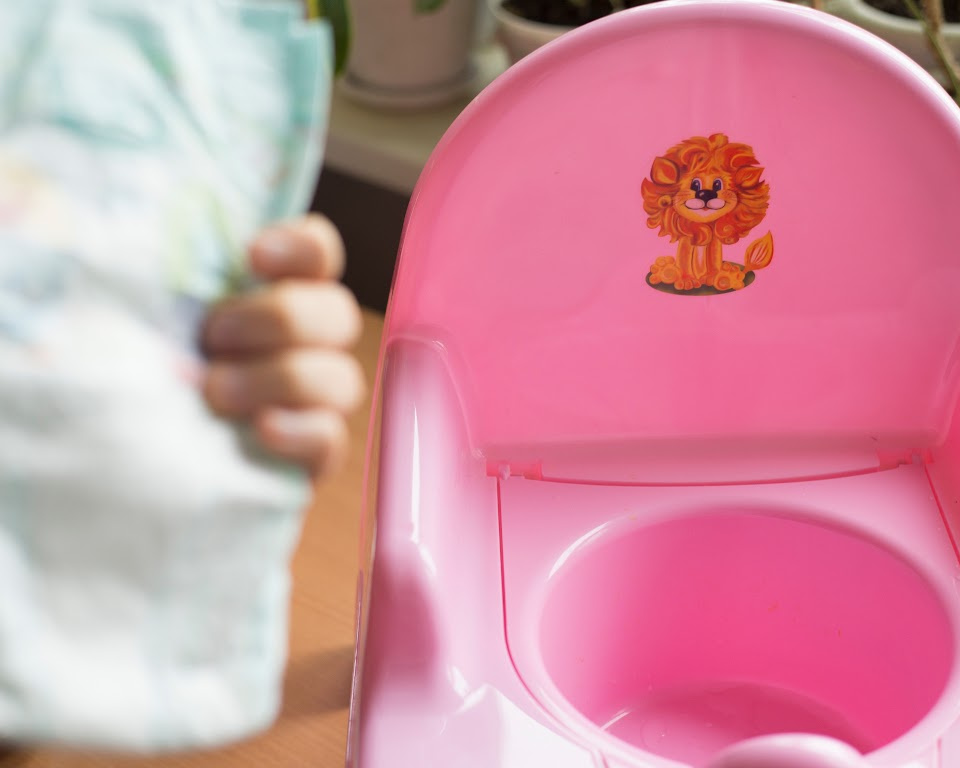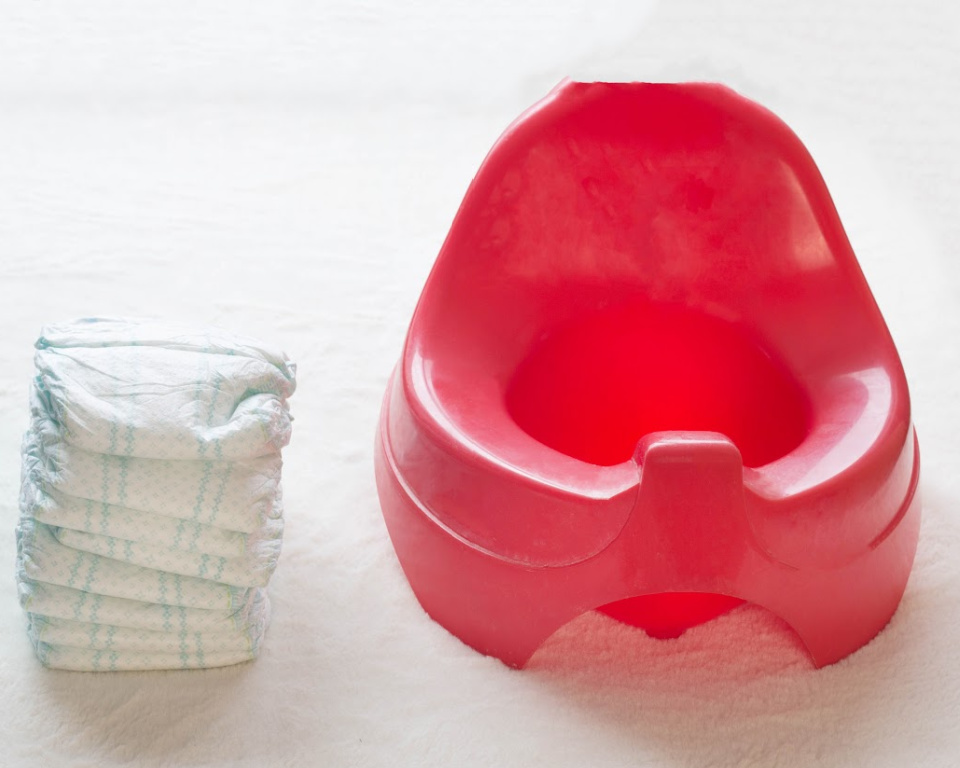Understanding how to communicate with a nonverbal autistic child is a challenge many parents, caregivers,…

How do you Potty Train a Non Verbal Child
Potty training is a pivotal milestone in a child’s development, and for the parent or caregiver, it’s often a test of patience and consistency. Add in the factor of non-verbal communication, and the process might seem particularly daunting. This guide will offer tips, strategies, and resources to make effective potty training possible for your non-verbal child.
Potty training a non-verbal child, especially one on the autism spectrum, requires a little more understanding and creativity. But with the right strategies for potty training a non-verbal child, your journey can become less stressful and more manageable. This guide focuses on helping you understand your child’s unique needs and how you can assist them in achieving this crucial milestone.
Recognizing Readiness and Setting the Stage
The task of potty training a non-verbal child may start with recognizing the readiness of the child and setting up a supportive environment. An understanding of crucial techniques, effective communication tools, and best practices for potty training a non-verbal child will pave the way for success.
Understanding Your Child’s Developmental Signs
A critical first step lies in identifying indicators of your child’s readiness for potty training. Your child may be ready if they show discomfort in soiled diapers, express an interest in the toilet, or develop the physical ability to pull their pants up and down. Observing these signs initiates the potty training journey.
Creating a Positive and Structured Environment
An essential aspect of successful potty training is fostering a positive and structured environment. For a non-verbal child, participating in the process, such as picking their own underwear, can heighten engagement. Incorporating routine is also vital; maintaining consistency aids in understanding the process while minimizing anxiety and resistance.
Communication Tools and Visual Aids
Communication is a cornerstone of successful potty training. For non-verbal children, visual aids like picture cards and signs can be instrumental. Assistive technologies may also be employed to help them communicate the need to use the bathroom. Pairing these aids with regular routines can significantly enhance understanding and cooperation.
Transitioning from Diapers to Underwear
Transitioning from diapers to underwear is a significant step in potty training. Allowing your child to select their own underwear can create a sense of ownership and enthusiasm towards the process.
Seeking Professional Advice When Necessary
It’s crucial to remember that each child’s potty training journey is unique. If progress seems stagnant or challenges persistent, don’t hesitate to consult with a qualified healthcare professional, speech therapist, or a behavioral analyst specializing in autism-spectrum support. Professional advice can provide invaluable insights and customized strategies to help overcome individualistic hurdles in potty training.
Techniques and Strategies for Potty Training a Non Verbal Child
Parents often ask, “How do you potty train a non verbal child?” The answer lies in the right blend of readiness assessment, effective communication tactics, and positive reinforcement. Before diving into the process, it’s critical to ensure the child can recognize and respond to their body’s cues indicating a need to use the toilet.
One cannot underestimate the importance of developing basic communication skills. An excellent place to start is establishing verbal routines when changing diapers, teaching important signs for simple expressions such as “all done,” and continuously exposing them to a set vocabulary related to toileting. This is particularly beneficial for a non verbal child as it helps them understand and communicate their bathroom needs effectively.
Moreover, using fun and engaging tools like a dollhouse toilet or innovatively utilizing tools designed for nonverbal communication such as Augmentative and Alternative Communication (AAC) devices can significantly encourage a child to express their need to go to the bathroom. One of the best strategies for potty training a non verbal child is to make it enjoyable and rewarding, using cheerful celebrations and offering their favorite treats as incentives.
Creating a comfortable and supportive environment is equally essential, which means avoiding any possible triggers that can lead to discomfort, such as the sound of a flushing toilet. Keep in mind that patience, persistence, and the right approach are key, understanding that different children may progress at their own pace. You’re not just teaching a new skill, but also fostering independence and confidence.
FAQ
How do you potty train a non verbal child?
Potty training a non verbal child involves assessing their readiness for the process, creating a positive and structured environment, introducing communication tools and visual aids to help them understand and express their needs, and maintaining consistency in routines. Strategies like rewarding successful use of the toilet and transitioning from diapers to underwear can also help. Recognize that each child’s pace will vary, and in the face of persistent challenges, seeking professional advice may be beneficial.
What are the signs of readiness in a non verbal child for potty training?
Signs of readiness include discomfort in soiled diapers, interest in the toilet or bathroom rituals, having the physical ability to pull their pants up and down, and showing increased independence. It’s also significant if the child shows understanding of basic instructions and exhibits an increase in periods of dryness.
What techniques should I use when setting stage for potty training my non verbal child?
Start by making sure your child is comfortable with the idea of using the toilet. You can do this by reading books about potty training or introducing a toy toilet for dolls or stuffed animals. Next, establish a regular bathroom schedule. Consistency is key here. Communication tools like picture cards or assistive technology can be very helpful in signaling to your child when it’s time to use the bathroom. Finally, introduce underwear as a step toward independence. Remember, this process may take time, so it’s important to be patient.
What are best communication tools for potty training a non verbal child?
Communication tools for potty training a non verbal child can include visual aids like picture cards and signs, and assistive technology like Augmentative and Alternative Communication (AAC) devices. Using these tools consistently in conjunction with a regular bathroom schedule can help the child understand and communicate their need to use the bathroom. It’s also helpful to establish some sort of signal or sign to signify the need to go to the bathroom.
When should I seek professional advice when potty training a non verbal child?
If you’re finding it extremely challenging to potty train your non verbal child, or if progress seems to stall significantly, it may be beneficial to seek professional advice. Therapists who specialize in non verbal communication, behavior analysts who have experience with autism, and health care professionals can provide strategies, tools, and behavior management techniques to assist in the process.
What are the best techniques and strategies for potty training a non verbal child?
Some effective techniques and strategies for potty training a non verbal child include readiness evaluation, structured and positive environment creation, enhancement of communication through visual aids and technology, and reinforcement of successful bathroom usage with rewards. Avoiding triggers that may cause distress or discomfort, can also help create a more comfortable experience for the child. The process may take longer and demand patience, but with the right support, it can be successfully accomplished.



This Post Has 0 Comments